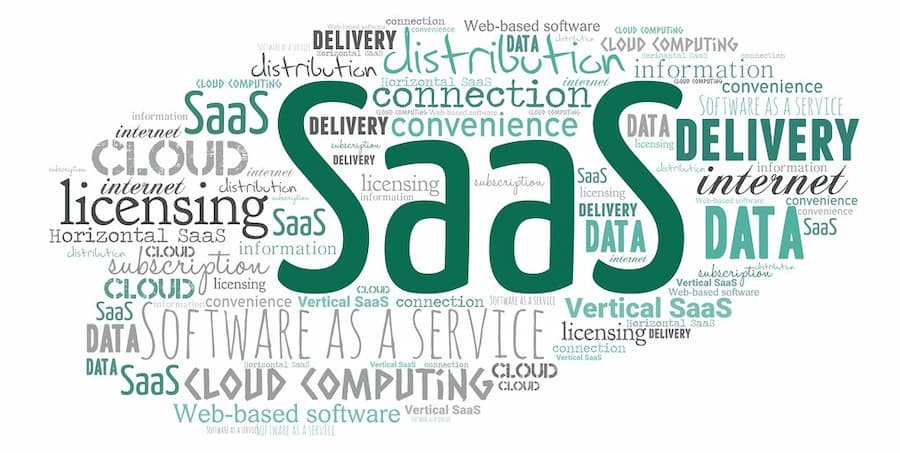Like any other business, a SaaS company needs funding at every stage in order to really take off and become successful. However, this is easier said than done — securing funding at all can be challenging, but securing the right amount from the right sources at the right time is even more difficult.
There are different types of business funding each SaaS company needs to go through: the first 3 stages being seed stage, series A, and Series B and beyond. Keep reading to learn about what happens at each stage, and how you can prepare accordingly.
Table of Contents
Stage #1: Seed Stage Venture Capitalists & Angel Investors
Seed funding is the stage where you get capital to turn your initial vision into a reality — usually from someone who believes in your idea’s potential and can offer you valuable advice on how to maximize your funds.
For most startups, seed stage funding comes from a venture capitalist or angel investor. The earlier you get support from one of these sources, the easier it will be to secure financing later on.
Stage #2: Series A
To get Series A funding, you need to have a proven track record of generating consistent revenue in order to attract new investors.
Your customer base, monthly recurring revenue, and annually recurring revenue should show consistent growth and growth potential in the future. If these are all going smoothly, you should be able to attract a few new venture capitals or angel investors who can help bring your business to the next level.
Stage #3: Series B, C, and Beyond
To get Series B funding, you need to have already proven that you can create user value and attract significant numbers of customers within a short period.
This financing stage is about continuing the growth of a successful company rather than helping a company to get on its feet. You may attract different kinds of investors besides the regular venture capitalists and angel investors. Private equity companies, venture debt, and specialized growth funds are all common sources of Series B funding.
You can also potentially enter a Series C, D, E, or more after your Series B — although this will depend on your growth trajectory and company goals.
Conclusion: Aligning Your Revenue Growth With the Right Financing
SaaS financing can be acquired in multiple stages, and it’s important to be aware of what your options are at each stage, regardless of where you’re currently at.
Companies that are just starting out require fast capital to kickstart their monthly recurring revenue, while companies in later stages can usually handle getting funding at a slower pace.
While it’s great to get the interest of traditional investors in your early stages, it’s important to remember that there are other financing options available in the later stages. Options like venture debt and revenue-based financing can offer you more flexibility than your current group of investors.
Read also: SaaS Marketing – 5 Brilliant Ideas to Market Your SaaS Business

